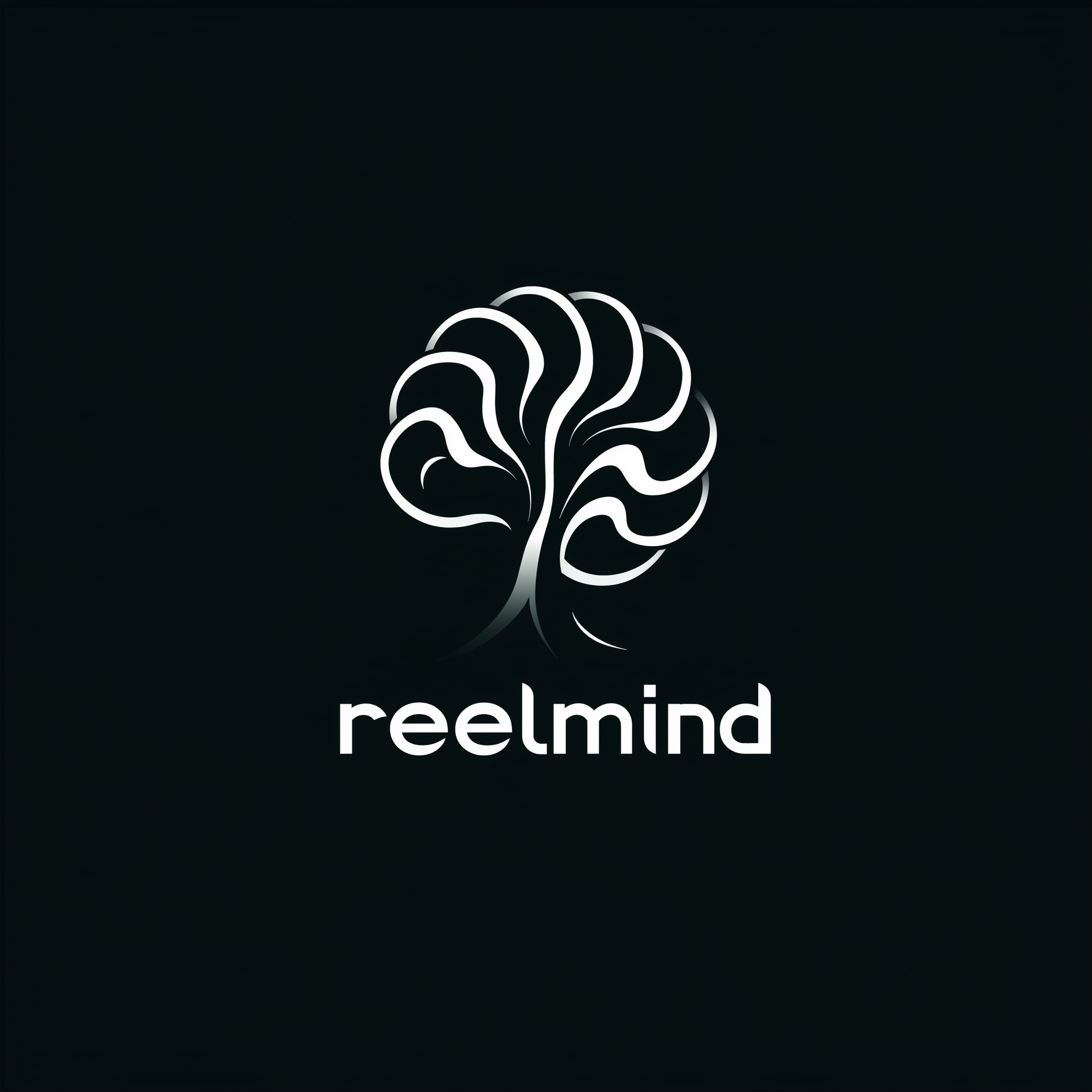Product Introduction
- Reelmind is an open-source AI video model community platform that enables users to train, customize, and share video generation models using publicly available frameworks and datasets.
- The core value of Reelmind lies in democratizing AI video creation by providing a collaborative ecosystem where developers and creators can build, refine, and deploy video models without proprietary restrictions.
Main Features
- Reelmind offers a centralized repository of open-source video models, including pre-trained architectures like Thunderblaze, Guerrilla Ad, and Marvel-style generators, which users can fine-tune with custom datasets.
- The platform includes a no-code training interface for optimizing models using cloud-based GPUs, with support for parameter adjustments, loss function customization, and real-time output previews.
- AI Movie Agents automate scene composition and style transfer, enabling batch processing of video clips with metadata tagging (e.g., "5s", "4K", "NSFW") for targeted content generation.
- An API platform provides RESTful endpoints for integrating trained models into third-party apps, supporting resolution scaling (up to 4096x2160), frame-rate control, and format exports (MP4, WebM).
Problems Solved
- Reelmind addresses the fragmentation of AI video tools by unifying model training, dataset management, and deployment workflows into a single open-source ecosystem.
- The platform serves AI researchers seeking reproducible benchmarks, indie filmmakers requiring style-adaptive generators, and marketers needing rapid viral content production (e.g., "Supercars", "Cosplay", "TrueCrime" templates).
- Typical use cases include generating branded shorts using the "Viral" model, converting text prompts like "a gigantic humanoid koala" into 5-second clips, and remixing user-uploaded footage with "90s Nostalgia" filters.
Unique Advantages
- Unlike closed platforms like Runway ML, Reelmind provides full model architecture transparency, allowing users to fork and modify GAN/Transformer-based codebases on GitHub.
- The SearchLight Mode uses vector similarity search to recommend models (e.g., "HorrorNights" or "NatureIn4K") based on input prompts or uploaded media, reducing discovery friction.
- Competitive advantages include a royalty-free licensing model for commercial use, Dockerized training environments for local deployment, and community-driven model validation via token-based voting.
Frequently Asked Questions (FAQ)
- How do I access pre-trained video models? Browse the "Explore" section to filter models by tags (e.g., "Animals", "Oscars"), resolution, or license type, then clone repositories via Git or download ONNX/TensorFlow checkpoints.
- What hardware is required to train models? Cloud-based training uses NVIDIA A100 instances by default, but local training requires at least 16GB VRAM, PyTorch 2.0+, and CUDA 12.0 compatibility.
- Can I monetize models built on Reelmind? Yes, the Apache 2.0 license permits commercial use, but derivative models must include attribution and remain open-source if shared on the platform.
- How does collaborative training work? Invite team members to your Workspace to jointly configure hyperparameters, annotate datasets, and merge model branches via differential version control.
- Is the API platform rate-limited? Free tier users get 100 API calls/month at 720p resolution, while paid plans offer unlimited 4K rendering and priority job queues.
